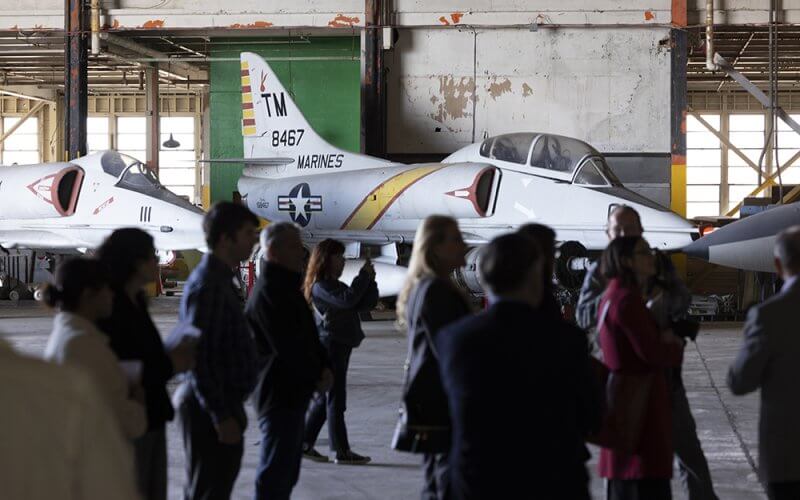
Retired Marine Lt. Gen. Terry Robling, a naval aviator who flew fighter jets and participated in combat and operational missions, recalled serving at the former Marine Corps Air Station El Toro when the surrounding area was still rural, dotted with orange groves and lima bean fields.
“Flying out of El Toro was fun. We’d fly over the farms, over the greenbelts — since there were no houses — and go out over the ocean,” said Robling, a three-star general officer, who over his 38-year military career, logged more than 5,200 flight hours and graduated from the “top gun” U.S. Navy Fighter Weapons School.
Robling is among the 525 voices featured in Cal State Fullerton’s El Toro Marine Corps Air Station Oral History Project. The oral histories will be brought to life as part of the Flying Leatherneck Aviation Museum’s new exhibits when it opens by early 2027 at the Great Park in Irvine.
The university’s Lawrence de Graaf Center for Oral and Public History donated a copy of its oral history project to the museum, which features Marines who served at the military outpost from World War II through the 1970s.
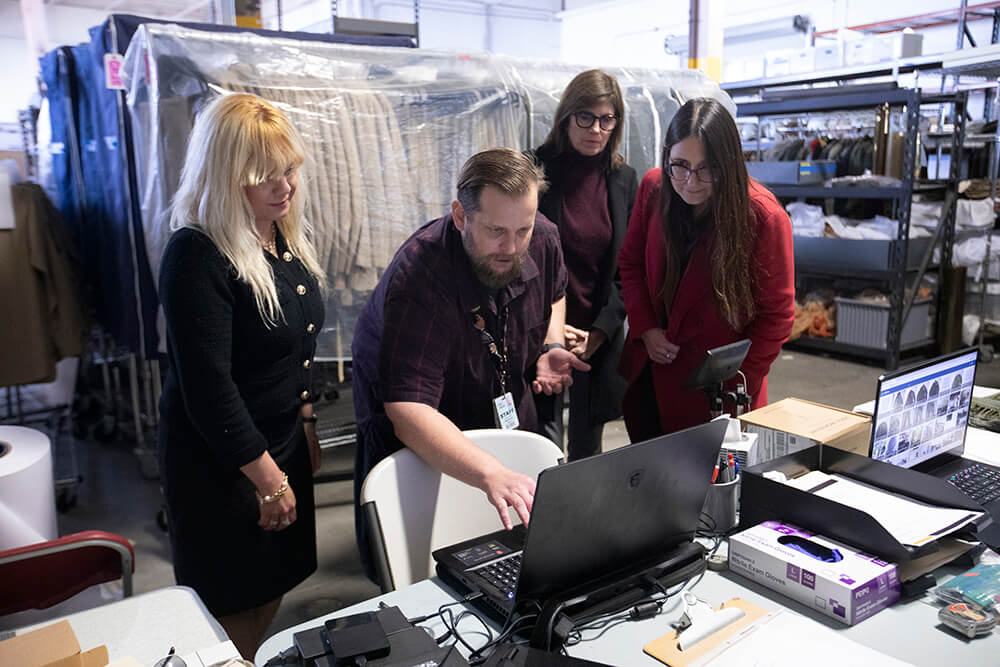
The El Toro oral histories include interviews with military pilots, enlisted Marines and others who served at the base, including the first Marine Corps female general and African American general, said Natalie Fousekis, director of the Lawrence de Graaf Center for Oral and Public History and professor of history.
The collection focuses on more than 200 World War II veterans who shared their wartime experiences — to those who served during the Vietnam War. Other voices include veterans’ families, civilian employees and owners of nearby businesses who supported the service members who lived and worked at the base.
Fousekis said the original oral history interviews will remain in the archives at the center, housed within the College of Humanities and Social Sciences and located on the sixth floor of Pollak Library. The collection is available to researchers, faculty, students and the public by appointment.
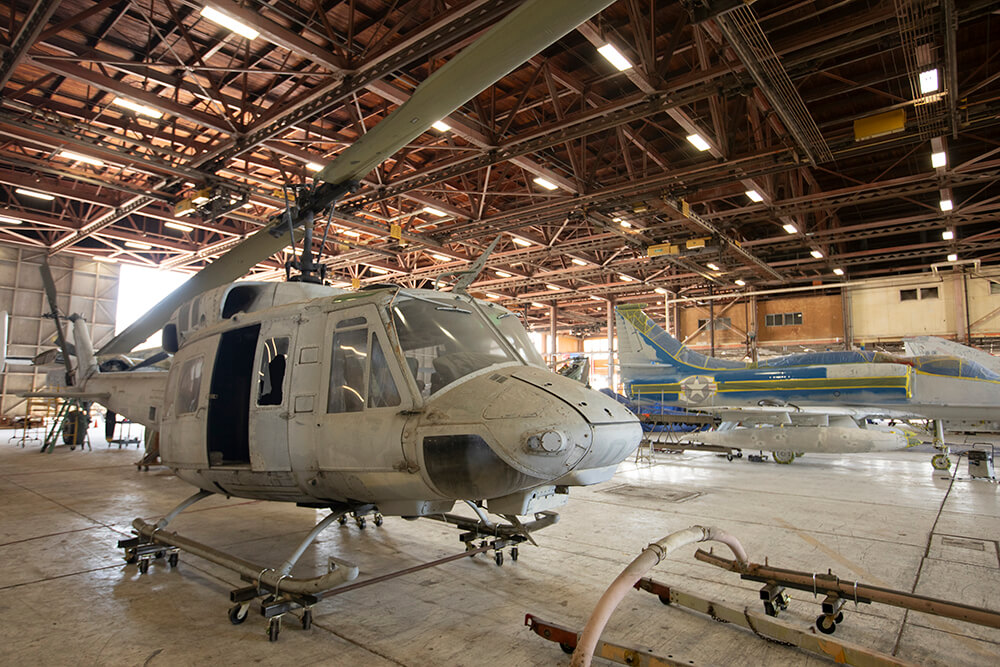
Through the center’s student-driven oral history program, the recorded El Toro memories were conducted by 35 undergraduate and graduate students, Fousekis and Volker Janssen, professor of history.
“The center trains students on how to conduct oral histories and the different ways we can bring these oral histories to the public,” Fousekis said.
Established as the Oral History Program, the Lawrence de Graaf Center for Oral and Public History maintains the largest regionally focused oral history archive in California, with more than 6,500 recorded interviews, related transcripts, photographs and other materials.
El Toro Voices Come Alive
The museum, whose mission is to preserve Marine aviation history, is building a new 131,000-square-foot building, which will showcase over 40 military airplanes and helicopters, artifacts and exhibits.
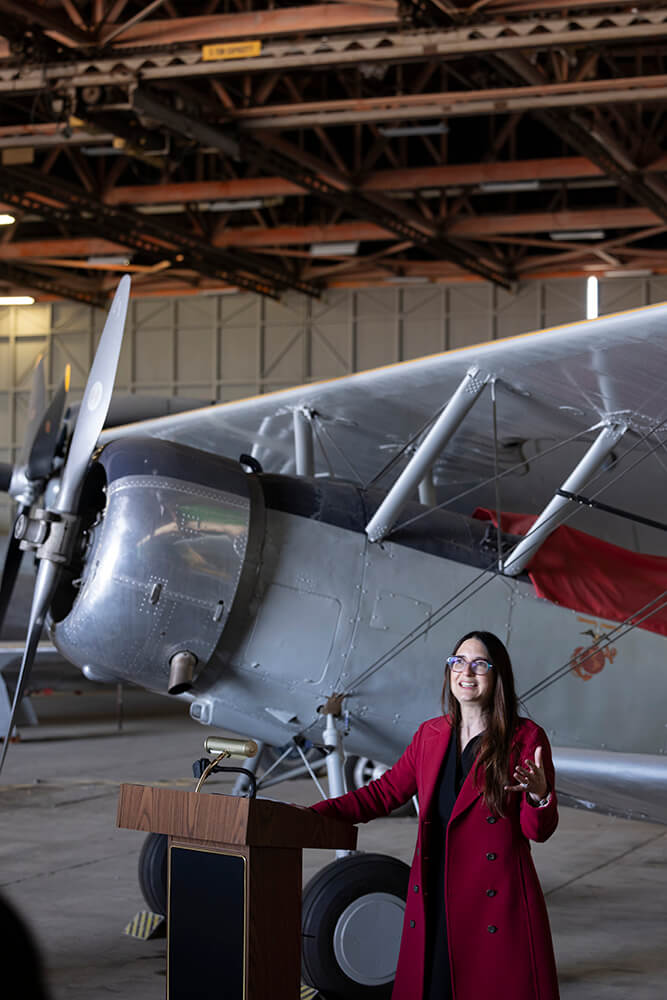
Fousekis said that the partnership with the museum provides a way to get the personal stories out of the archives and on public display.
“What distinguishes this collection from other military collections is we spent more time on the human element. We focused on the person’s whole life, so you get a feel for the stories of the men and women who worked at the El Toro base,” Fousekis said.
Jessica Yirush Stern, dean of the College of Humanities and Social Sciences, added that the goal of the Center for Oral and Public History is to give as many people as possible the opportunity to learn from the oral histories.
“We’re grateful for this partnership with the museum, which will help the stories we collected from people stationed at Marine Corps Air Station El Toro come alive,” Stern said.
Alumnus and retired Marine Col. Patrick “Paddy” Gough, vice chair of the Flying Leatherneck Historical Foundation, was instrumental in the museum partnering with the university. His research as a CSUF history student was the impetus for his passion for oral history.
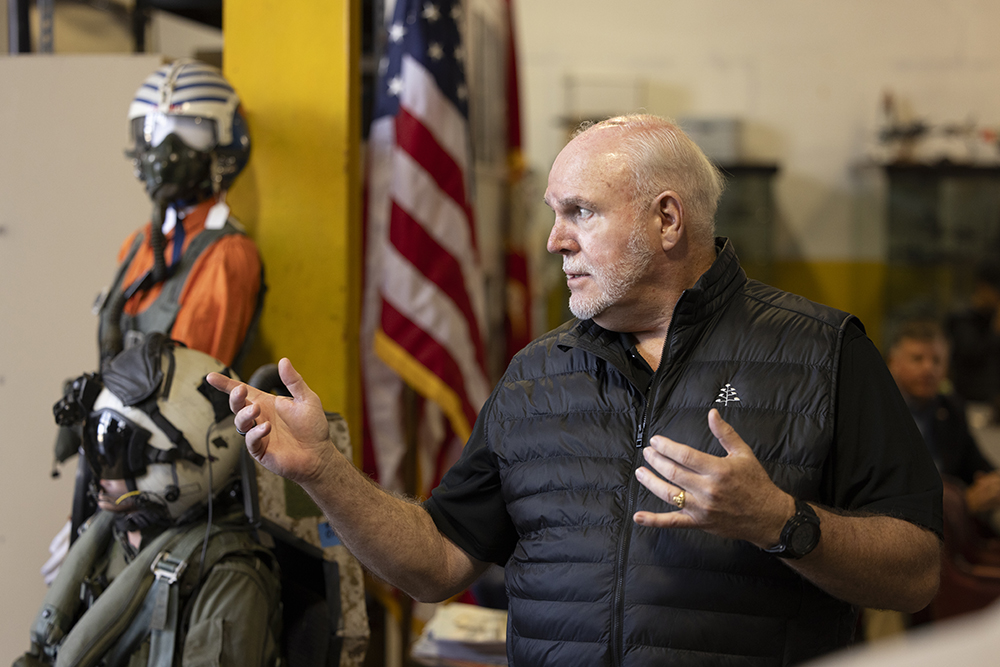
“It planted the seed about the value of oral history,” said Gough ’80 (B.A. history).
After graduation, Gough joined the Marines to pursue a career as a naval aviator. During his 30-year military career, he flew attack helicopters like the AH-1W Super Cobra, which will be part of the museum’s future exhibits.
“It’s undeniable that Marine Corps Air Station El Toro is part of the history of Orange County and the region,” Gough said. “For Cal State Fullerton and the museum to partner to make these oral histories available to the public is not only mutually beneficial for both institutions, it will preserve the legacy and heritage of Marine Corps history.”
Robling, chair of the Flying Leatherneck Historical Foundation, flew the F-4 Phantom fighter-bomber, which will also be part of the museum’s aircraft exhibit.
“The oral histories offer the public to be part of something larger than themselves — to educate the next generation to dream bigger,” Robling said.